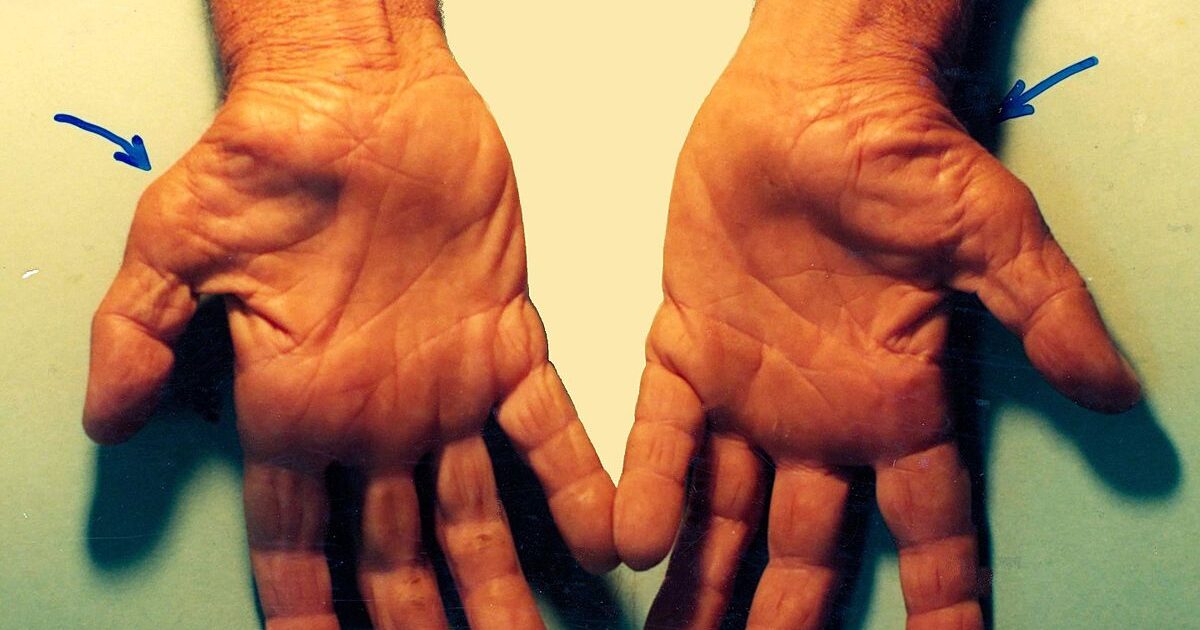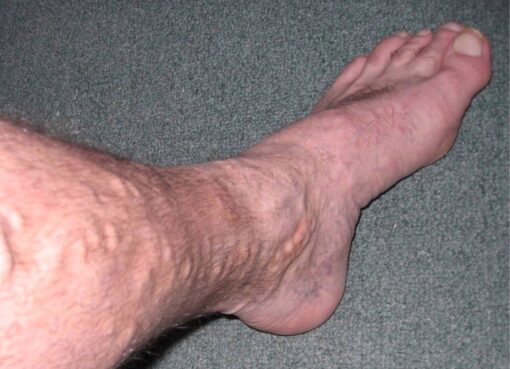It is simple to take our fingers, wrists, and hands for granted. However when the numbing, tingling, and burning discomfort of carpal tunnel syndrome makes them difficult to ignore. Westfield carpal tunnel syndrome is a painful and devastating disorder that happens when the carpal tunnel narrows and compresses the median nerve.
Although carpal tunnel syndrome is a widespread condition, many myths surround it. Here are some myths and truths about carpal tunnel syndrome;
- If your hand hurts or tingles, you have carpal tunnel syndrome
People may believe that the first symptom of discomfort, numbness, or tingling in the hand or wrist indicates carpal tunnel syndrome—especially if they spend most of the day seated at a computer. Pains and soreness in the wrists and hands are common side effects of prolonged usage of a computer mouse or keyboard, just like with any repetitive activity. Therefore pain and numbness in the hand may not always indicate Carpal tunnel syndrome.
Carpal tunnel syndrome has certain symptoms that differ from other disorders that can cause numbness and pain in the hand. For instance, the thumb, index, and middle fingers often experience tingling and numbness from carpal tunnel syndrome, but not the little or the finger. Carpal tunnel syndrome discomfort is also typically severe at night.
- Carpal tunnel syndrome only affects manufacturing workers or those who type all-day
According to one comprehensive evaluation of data, situations connected to the workplace that entail high levels of hand-arm vibration or hand force, prolonged labor with a bent or stretched wrist, or high repetitiveness is linked to a greater risk for carpal tunnel syndrome.
However, no scientific proof exists that work-related factors can lead to carpal tunnel syndrome. For those with other non-behavioral risk factors, such as advanced age, female sex, or a history of diabetes, experts think that work-related strain may be the “last straw.”
- Surgery is the sole option for treating carpal tunnel syndrome
When carpal tunnel syndrome is identified, surgery is not the sole option for pain relief. People who desire to put off or avoid surgery have several nonsurgical therapy alternatives at their disposal:
- Resting the hand by avoiding heavy usage
- Using a wrist brace
- Treatment with ice
- Taking NSAID
- Taking oral corticosteroids, such as prednisone
- Receiving doses of steroids
Surgery is recommended as soon as possible in cases with severe carpal tunnel syndrome that cause muscle loss or possibly long-term injury to the median nerve.
- Carpal tunnel syndrome affects males more than females
Another myth is that men who perform manual labor are more likely than women to be diagnosed with Carpal tunnel syndrome. The National Institute of Neurological Disorders and Stroke reports that women are three times more likely than men to receive a Carpal tunnel syndrome diagnosis. Experts also say Women over 50 are the most likely to be diagnosed with the illness. It is also crucial to point out that there is no connection between this group and computer use, demonstrating the idiopathic nature of Carpal tunnel syndrome.
If you have been diagnosed with carpal tunnel syndrome having the right information about your condition can help you choose the right treatment options. Call Genesis Orthopaedic and Spine to book your appointment for carpal tunnel syndrome treatment.





